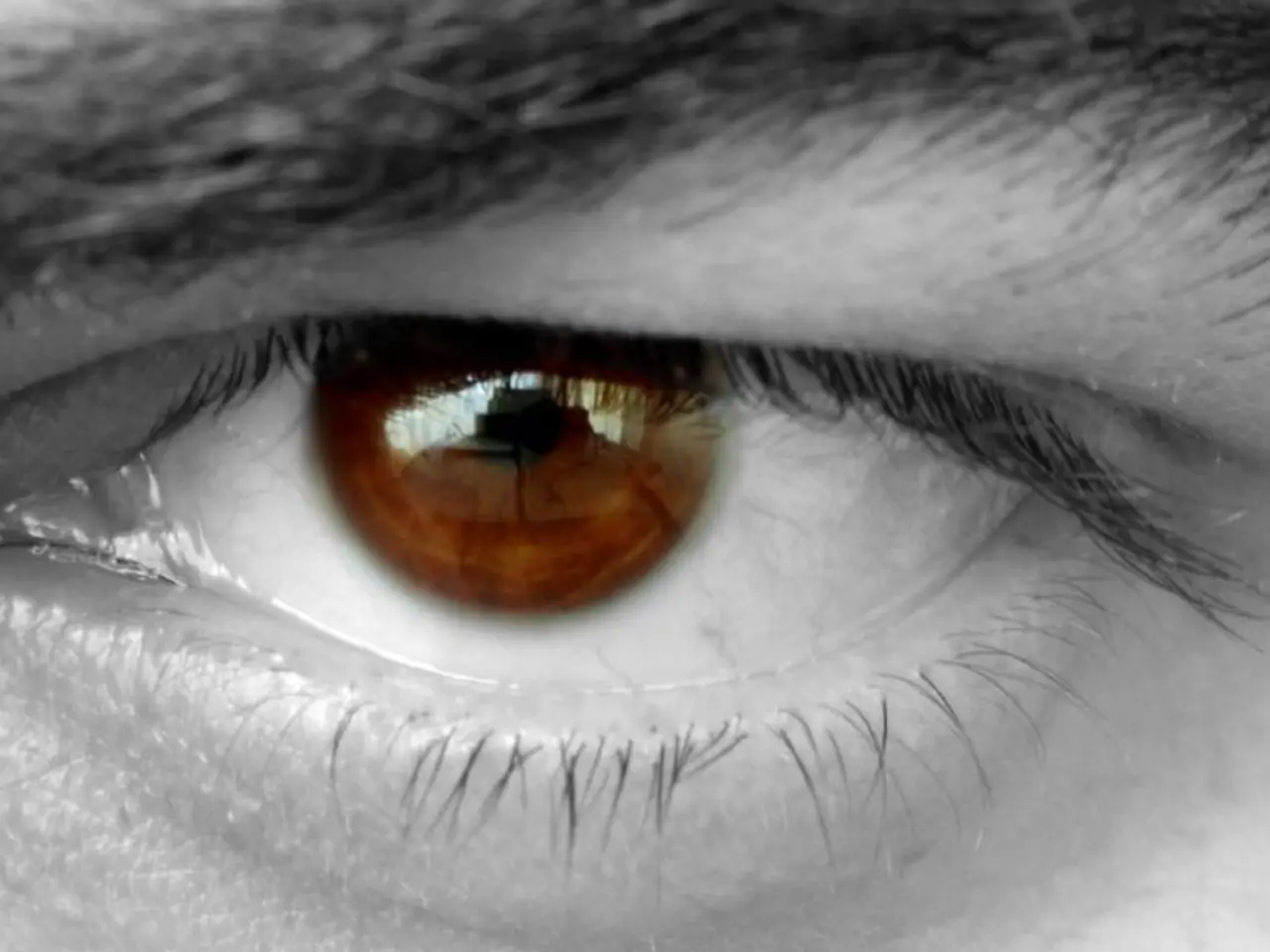Pink Eye: Causes, Prevention, and Treatment
Pink eye, also known as conjunctivitis, is a common eye condition that causes redness, discomfort, and discharge. It can be caused by infections, allergies, or irritants, and is often contagious. Here's how to prevent, treat, and manage this condition.
Preventing pink eye involves good hygiene practices. Avoid contact with infected individuals and properly clean or discard contact lenses. Treatment varies depending on the cause. For bacterial infections, antibiotics may be prescribed. Antihistamines can help with allergic cases, while supportive care is given for viral infections. If your child has pink eye, keep them out of school for at least 24 hours after starting treatment to prevent transmission.
Pink eye can be diagnosed through a visual examination. Additional tests may be required for chronic cases or those not responding to initial treatment. Bacterial and viral pink eye are contagious and can spread easily through contact, typically for as long as symptoms persist. If you have pink eye, wash your hands regularly, avoid sharing towels or washcloths, and follow your healthcare professional's advice on contact lens care.
Pink eye, while uncomfortable, is usually treatable and not serious. Prevention and prompt treatment are key to managing this condition and preventing its spread.
Read also:
- Is it advisable to utilize your personal health insurance in a publicly-funded medical facility?
- Dietary strategies for IBS elimination: Aims and execution methods
- Benefits, suitable dosage, and safety considerations for utilizing pumpkin seed oil in treating an overactive bladder
- Harmful Medical Remedies: A Misguided Approach to Healing






